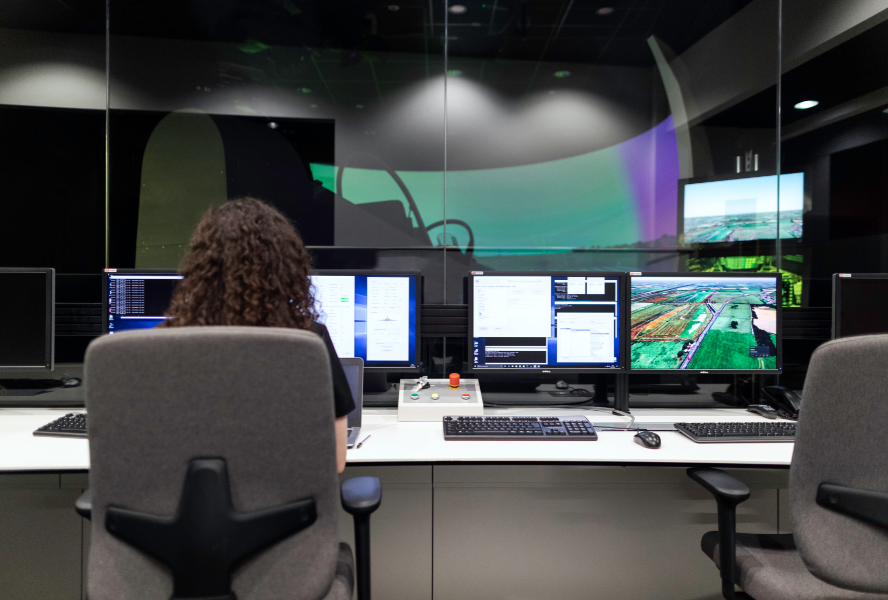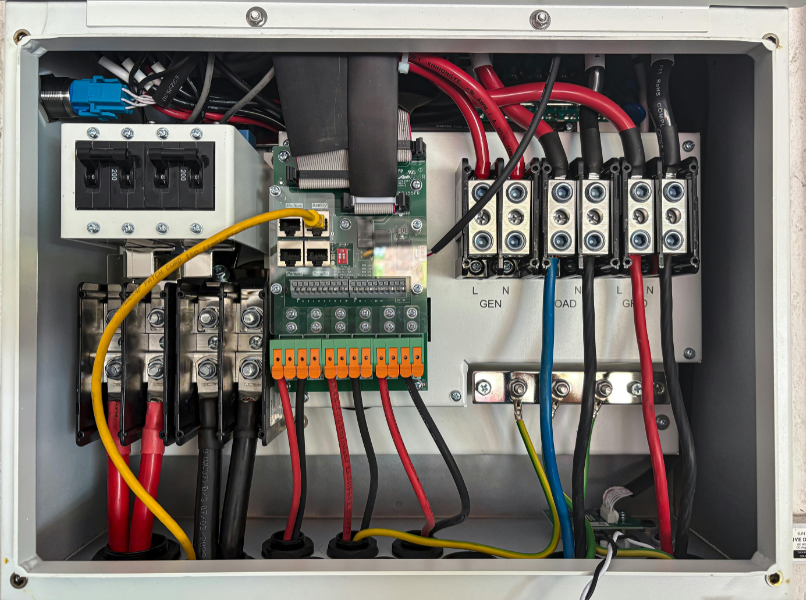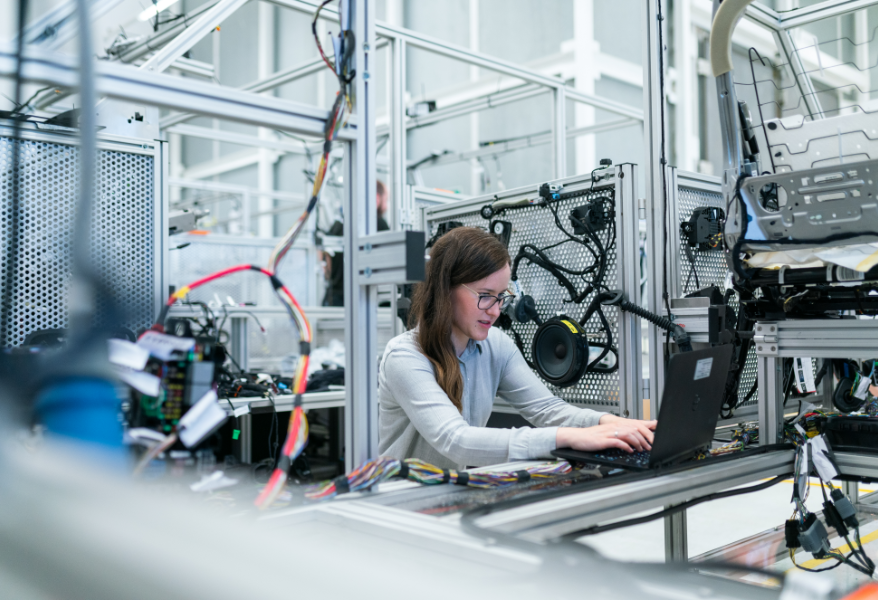The stars are no longer the limit, especially for women. From designing spacecraft to leading mission-critical software systems, women in space engineering are not just participating—they are driving innovation beyond Earth. Once underrepresented in aerospace and STEM fields, women today are taking on leadership roles in some of the most advanced technological projects on (and off) the planet.
Let us explore how women engineers are transforming space innovation and paving the way for future generations.
The Rise of Women in Space Engineering

Historically, space exploration was seen as a male-dominated field. Women often worked behind the scenes, their contributions unrecognized. One notable example is Katherine Johnson, the NASA mathematician whose calculations made early spaceflights possible. Despite her pivotal role, she remained invisible for decades.
Today, the narrative is changing. Female engineers are not only visible—they are leading. Astronauts like Christina Koch and Jessica Meir, and engineers working on spacecraft and mission systems, are proving that space exploration needs diverse minds to solve complex challenges. The role of women in space engineering is expanding rapidly, from mission control rooms to leadership positions at global space agencies.
Women in STEM: Breaking Barriers

Getting into STEM careers (Science, Technology, Engineering, and Mathematics) has not always been easy for women. For years, gender biases, lack of mentors, and unequal opportunities made it difficult for women to enter or grow in these fields. However, initiatives like Girls Who Code, Women in Aerospace, and scholarships targeted at women in science have opened new doors.
Around the world, women are entering engineering programs with increased confidence. According to UNESCO, women make up over 30% of scientific researchers globally, and this percentage continues to grow.
Programs in universities and organizations are promoting female participation in aerospace disciplines, encouraging them to take on specializations in mechanical, aerospace, electrical, and software engineering, all crucial in the space sector.
Career Paths in Space Engineering for Women

Becoming a space engineer does not just mean becoming an astronaut. Women can contribute across a variety of roles. Here are some career options in space engineering for women:
- Aerospace Engineers: Design aircraft, spacecraft, satellites, and missiles.
- Mechanical Engineers: Work on robotic arms and spacecraft structures.
- Electrical Engineers: Build power and communication systems.
- Systems Engineers: Oversee complex space mission operations.
- Software Developers: Code navigation systems and onboard AI tools.
- Research Scientists: Study propulsion systems, planetary geology, and astrobiology.
To pursue these careers, women are encouraged to:
- Earn degrees in engineering, physics, computer science, or related fields.
- Apply for internships with space organizations like NASA, ESA, or private companies such as SpaceX.
- Join professional communities like the Society of Women Engineers or Women in Aerospace.
- Find mentorship opportunities with senior women in the space sector.
With the right education and support, women can excel in any of these high-impact roles.
How Women Are Transforming Space Innovation
Innovation in the space industry is not just about creating new machines; it is about thinking differently. Women bring fresh ideas, collaboration-driven leadership styles, and inclusive design perspectives. This diversity of thought leads to better solutions and stronger teams.
Let us look at a few remarkable examples of how women contribute to space innovation:
- Gwynne Shotwell, President and COO of SpaceX, has been instrumental in making reusable rockets and commercial space travel a reality.
- Swati Mohan, an Indian American engineer at NASA, led guidance and control operations for the Mars Perseverance Rover landing.
- Anuradha TK, a senior scientist at ISRO, has played a key role in satellite launches and communications.
These women are not only changing the technology we use in space—they are changing how teams are built, but how decisions are also made, and how missions are led.
Global Impact of Women Engineers
Women engineers are making waves not only in North America but all over the globe. Countries worldwide are increasingly recognizing and empowering female talent in space technology.
Few inspiring examples:
- Namira Salim, a Pakistani space tourist and founder of Space Trust, became the country’s first female astronaut candidate.
- Chiaki Mukai, Japan’s first female astronaut, conducted medical research in space.
- Samantha Cristoforetti, an Italian engineer and ESA astronaut, has completed multiple missions to the International Space Station.
- Yajaira Sierra-Sastre, a Puerto Rican scientist, participated in a Mars simulation mission in Hawaii.
- Anuradha TK, an Indian satellite expert, helped launch over a dozen satellites at ISRO.
Each of these women represents more than just technical skill—they are symbols of national pride, diversity, and excellence in aerospace.
Female Engineers in Leadership Roles
In the past, women were often placed in supporting roles. But today, women are stepping into leadership positions within top space agencies and aerospace companies. For example:
- At NASA, women lead key programs like Artemis, which aims to return humans to the Moon and land the first woman on its surface.
- At ESA, female scientists and engineers are working on space robotics and climate-monitoring satellites.
- In China, women are being trained for extended space missions with the CNSA.
- At Blue Origin, women lead propulsion system engineering and program management roles.
These leaders are shaping the future of space policy, exploration strategies, and research directions.
Inspiring the Next Generation
Representation matters. When young girls see women excelling in aerospace engineering, they begin to believe that they, too, can reach those heights.
Here is how we can support the next generation:
- Share real stories of women in space careers.
- Promote STEM education in underrepresented areas.
- Create mentorship and internship programs for girls interested in engineering.
- Encourage companies and institutions to maintain diversity in hiring and leadership roles.
By investing in youth and showing them what is possible, we are preparing the next wave of space pioneers—many of whom will be women.
Conclusion:
The contributions of women in space engineering are shaping the future of space technology, exploration, and innovation. From software systems controlling Mars rovers to spacecraft design and mission leadership, women are driving breakthroughs that go far beyond Earth's orbit.
Their work is not just opening new frontiers in science but also challenging outdated norms about who belongs in space. These engineers, scientists, and leaders prove that talent has no gender, and the universe is big enough for all dreams.
If you are a student thinking about space engineering or an educator looking to motivate girls, remember: The next big discovery in space might just come from a woman who dared to dream beyond Earth.








